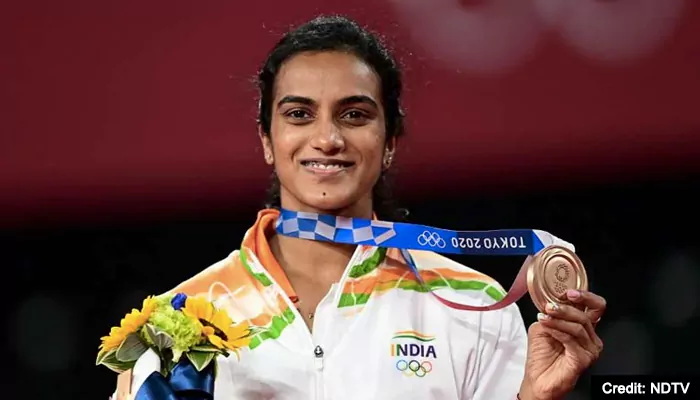
A journey measured not just in medals, but in the battles fought to win them
The crowd roared in Rio. The shuttle flew across the net, marking one final rally before history was made. In that moment, a tall, fierce 21-year-old from Hyderabad wasn’t just playing badminton - she was carrying the weight of a billion dreams.
When PV Sindhu won silver at the 2016 Olympics, India celebrated as if it had struck gold. But Sindhu wasn’t done. Four years later, in Tokyo, amid empty stands and pandemic silence, she claimed bronze - and with it, became the first Indian woman to win two Olympic medals.
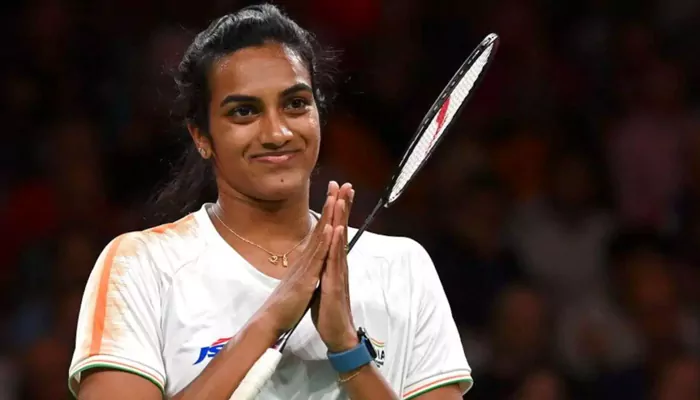
Credit: The Bridge
This August, as India marks 79 years of independence, it’s worth revisiting moments like these - not just for the medal tally, but for what they signify to a country that continues to strive for sporting glory on the world stage.
Born in 1995 to volleyball-playing parents, Sindhu was introduced to sports at a young age, but it was badminton that truly captured her imagination. By the age of 14, she was already competing on the international circuit, earning junior medals and defeating higher-ranked players. Her rise was consistent and relentless-each year brought a new title and a significant victory. By 2013, she had become a bronze medallist at the World Championships, establishing herself as a rising star in Indian badminton.
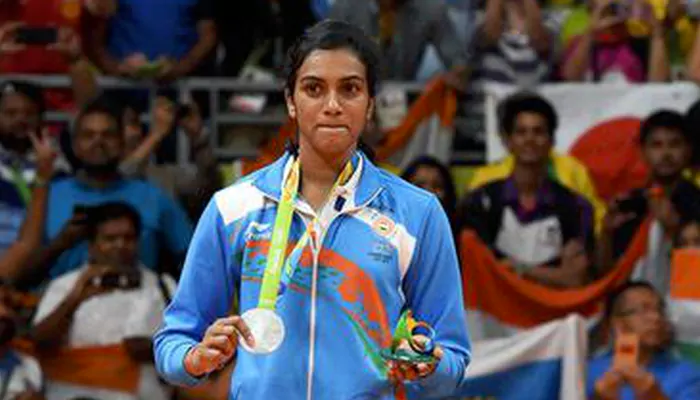
Credit: Sportstar
The pivotal moment occurred at the Rio Olympics 2016. Seeded ninth, she impressively demolished some of the sport's top players-Tai Tzu-ying, Wang Yihan, Nozomi Okuhara-before narrowly losing to Spain's Carolina Marín in a gripping final. At just 21, she became India's youngest individual Olympic medallist at that time and the first woman to win a silver medal.
Tokyo 2020 was different. The world was fighting a pandemic, athletes competed in isolation, and the pressure was immense. Sindhu's campaign was methodical - she did not drop a game until the semi-final. After a tough loss to Tai Tzu-ying, she recovered in the bronze-medal match, defeating He Bingjiao in straight games.
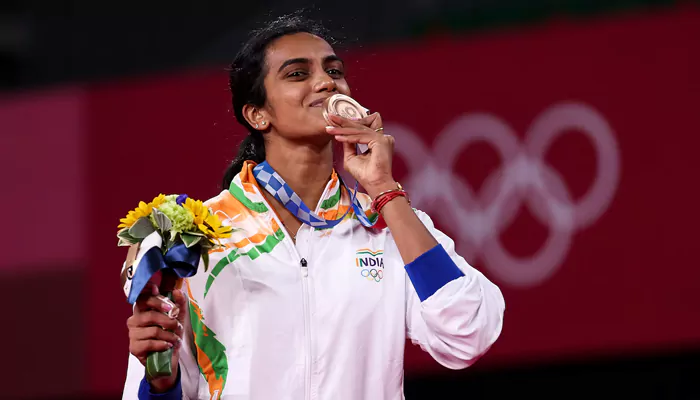
Credit: Olympics
That victory made her only the fourth woman in badminton singles history to win medals at consecutive Olympics, and the first Indian woman to achieve this in any sport.
Sindhu's career extends beyond the Olympics. She is a World Champion (2019), Commonwealth Games gold medallist (2022), and has secured multiple Superseries titles. She has defeated every top player of her generation, from Marin to Okuhara to Akane Yamaguchi.
![]()
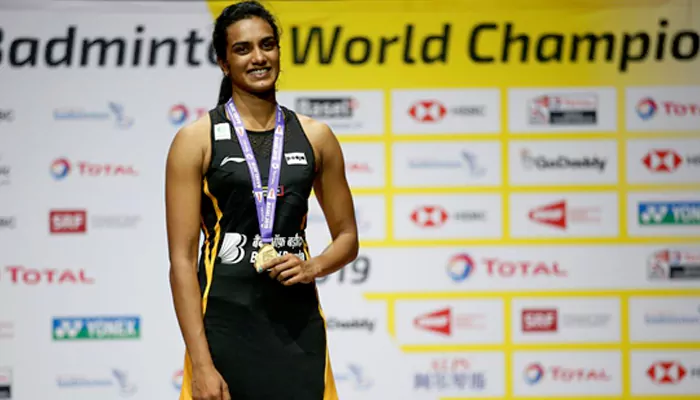
Her consistency on the biggest stages is striking:
Olympics: 1 Silver (2016), 1 Bronze (2020)
World Championships: 1 Gold, 2 Silver, 2 Bronze
Commonwealth Games: Gold, Silver, Bronze in singles, plus team medals
Asian Games & Championships: Historic silver and multiple bronzes
These are not just figures; they represent milestones in a sporting culture where women athletes have often had to work harder for recognition and resources.
Sindhu's journey is even more extraordinary considering what the audience doesn't witness - the early 4 AM practices, injuries that compelled her to compete through pain, the pain of losing finals, and her unwavering discipline to recover each time.
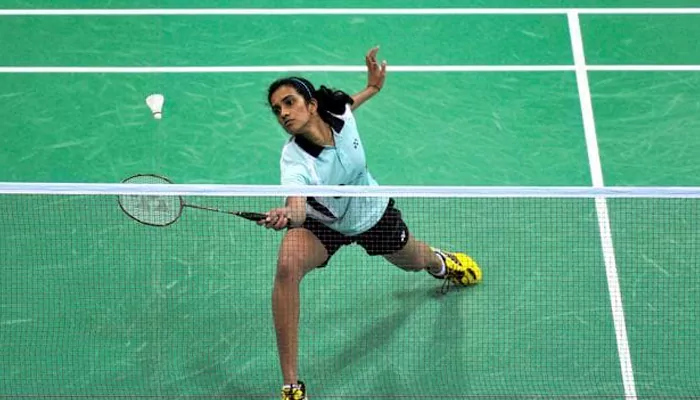
Credit: Mint
She has mentioned pushing herself to perform even "while literally breaking," a sentiment that strikes a chord with athletes who have had to compete despite not being at full strength. This resilience may be her most lasting legacy: motivating a new generation of Indian girls to aspire beyond their perceived limitations.
In 1947, India gained independence. In 2016 and 2020, PV Sindhu reminded the world - and the nation - that Indian women can excel on the highest sporting platforms. Her medals might be silver and bronze, but they are worth more than gold for India’s sporting future.